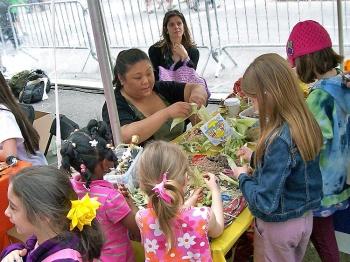The Schomburg Center for Research in Black Culture
NEW YORK—The Schomburg Center for Research in Black Culture is considered the largest repository of its kind in the United States, and the world’s leading institution for information, artifacts, and resources related to the African Diaspora and the African-American experience.
THE SCHOMBURG CENTER: Harlem's Schomburg Center for Research in Black Culture, considered internationally as the repository and mecca for African Diaspora and African American scholarship and treasures, stands majestically at the corner of 135th Street and Malcolm X. Blvd. Terrence Jennings
|Updated:

